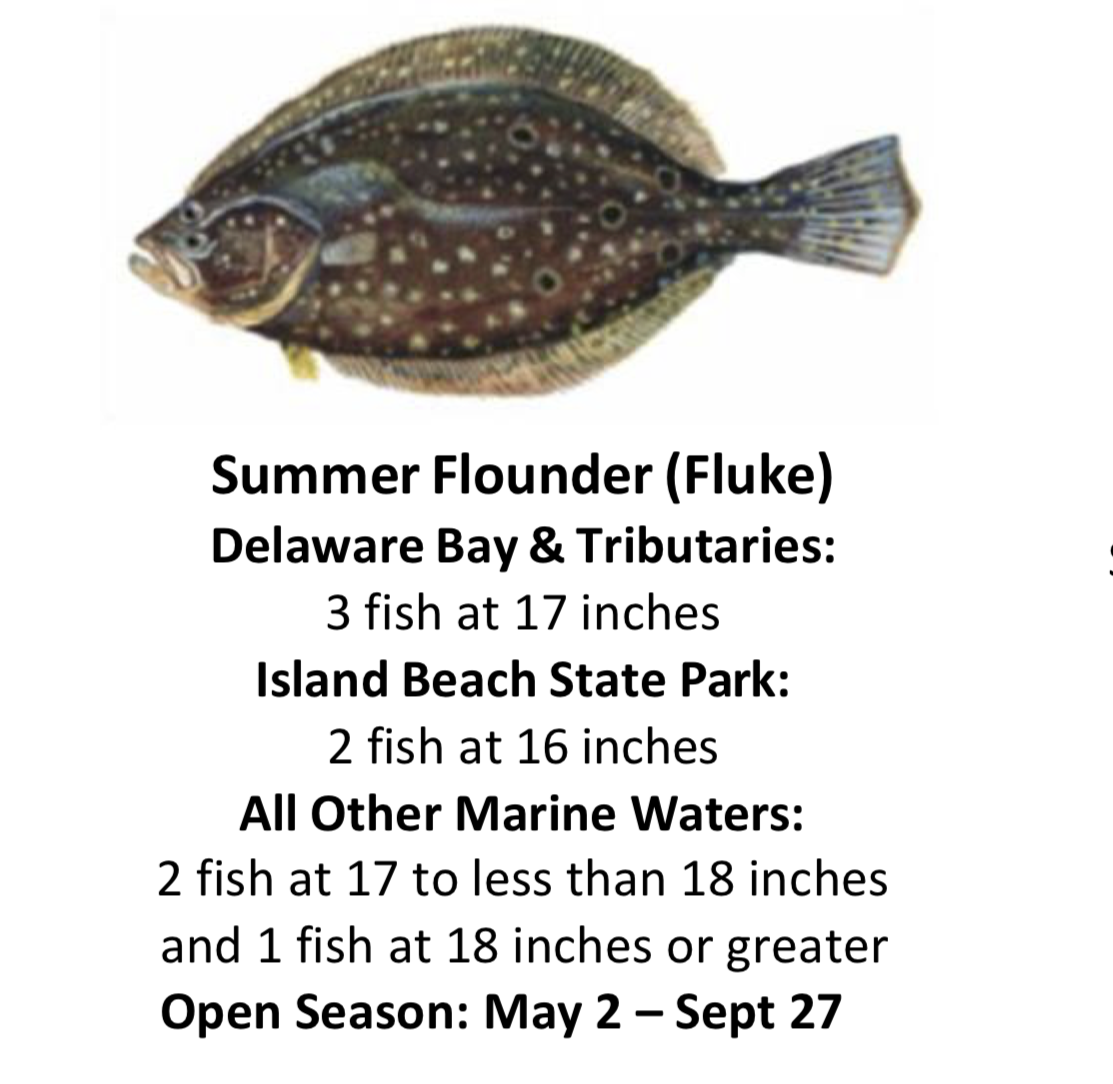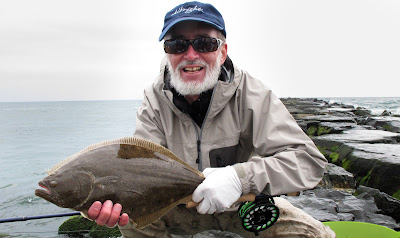Anglers of all types, and those in the recreational and commercial sectors, hope and look to fisheries managers to, well, to manage the various fisheries. I am no expert on the who's, what's and why's of all of it but I I'll try and break down what's in my own head regarding it all.
Fisheries management is one of the hardest things to understand. I believe there are commissions and administrations that govern fish by species (tuna, striped bass, fluke, lobsters, crabs, etc.) and then by jurisdiction (State waters, the EEZ which is federal water, international waters). Certain powers that be, like the ASMFC (Atlantic Marine Fisheries Commission) and MAMFC (Mid-Atlantic Marine Fisheries Council), to name a few, are powered to compile and reviews fishery stocks and then set quotas, it seems mostly reduction quotas, for individual states to have to comply with. The NMFS (National Marine Fisheries Service), a part of NOAA (National Oceanic and Atmospheric Administration), is responsible for managing fish like bluefin tuna and also have a say in the crab fisheries in the Bering Sea, the fishery you watch on The Deadliest Catch. They manage fish in the EEZ (Exclusive Economic Zone), which is in waters from 3-200 miles off the coasts of the United States. The Magnuson-Stevens Fisheries Conservation and Management Act, which was established in 2007, sets laws to mange fishes within the EEZ. In New Jersey we have the NJMFC (New Jersey Marine Fisheries Council), which deals with waters that fall under New Jersey jurisdiction. If I'm correct, the ASMFC manages striped bass, plus other fishes, while the MAMFC manages summer flounder, plus other species. It's all confusing and I hope I got that right. This entire paragraph could be incorrect, but I tried.
Anyway, this January New Jersey is about to start the process in complying with a MAFMC set 28% reduction in summer flounder, or fluke. The stock has been studied, data compiled, and now options are on the table for public comment. Basically "the powers" allow anglers and states to come up with their own plans to meet the reductions. It's kind of like the striped bass, you have to meet this number, tell us how you're going to do it, and then be in compliance with your own rules. That is how we come to the dilemma, if you will, of New Jersey anglers leaving say Atlantic Highlands and fishing the New York side of the Raritan Bay where there are different size and bag limits. It's gets confusing, yet alone annoying.
I'm not a true and blue fluke fisherman. There are folks out there who live and die with the flat fish. The fluke fishery is huge during the summer months, aka summer flounder. Party boat and private boat
owners turn to fluke when, say striped bass, choose to leave and spend the warmer months up north. It's a big fishery for the walk and wade anglers as well. For fly fishermen and women fluke can be the go to when the bass aren't around, or, are mixed in with bass and tight to the beach eating small baits like spearing, crabs, and sand fleas.
In 2023 there was a three fish slot of two @17.01-17.99 inches and then another over 18 inches. There were different regulations depending on where you fished. IBSP had a two-fish at 16 inch minimum, which always confused me, and a 17 inch minimum for three fish in the Delaware Bay. For 2024, the options on the table are as follows,
Option 23 5/24- 9/4/24 3 fish @ 17.5 inches
Option 24 6/4- 8/31 3 fish, 1fish @ 17-18", 2 @ > 18 inches
Option 28 6/5- 9/3/24 3 fish, 2 @ 17-18, 1@ >18 inches
Option 30 5/5- 9/23/24 3 fish @ 18 inches
What fluke fishermen look for are the start and stop of the seasons and the size and bag limits. One of the problems with fluke fishing, especially the bait and Gulp! soakers, is the release mortality. If you ever fished for fluke with those curved and barbed hooks topped off with a killie then you have encountered what a gut hooked fish looks like. An angler will catch a short, step on it to keep it from flopping, and rather than cut the line, they'll rip it through the fish's intestines and gills in order to release it, otherwise they'd be breaking the law. And hook size? Most anglers are fishing with hooks that
are way to small. And if they have too much weight to hold bottom? Well, the fish will have nearly fully digested your bait before you know you have a nibble. If striped bass have a 9% catch and release mortality (F) then I can't even imagine what the actual fluke mortality number looks like. A 2018 article on research by John Salierno titled, Optimization of Hook Size to Reduce Discards and Injury in the New Jersey Summer Flounder Hook and Line Fishery, details, just me summarizing, that bigger hooks lead to less injury and bigger catches. The NJ F&W suggests on their website for anglers to use J- hook sizes of 5/0-7/0, but strongly suggest the use of circle hooks.








